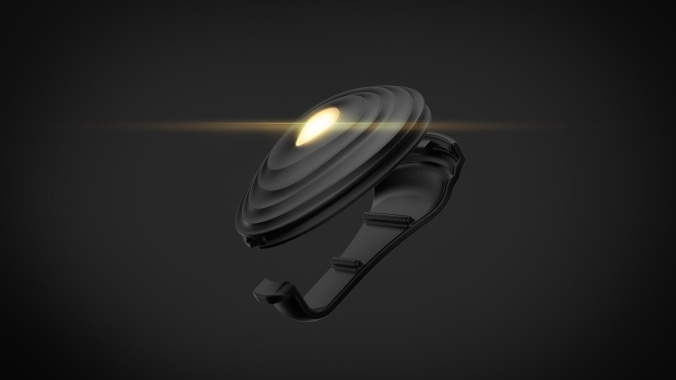This is the first of a number of articles introducing how to Run with Power. I’ve recently purchased a Stryd Power Meter and have an athlete already using one. I’ve been aware of them being on the market through reading DC Rainmakers blog and watching from afar as the technology and knowledge base developed. But when I took on a new athlete with one, I knew I needed to make the leap so I could understand the data that he was generating and advise him appropriately.
Disclaimer: For clarification I’m not paid by Stryd. I researched their product (along with other similar options) prior to purchasing a power meter, and I believed they offered the best running power meter on the market.
What Are The Benefits Of Using A Power Meter?
A number of you will be familiar with the benefits of cycling with a power meter and maybe you even train and race with one on your bike. Well the benefits of doing the same with running are effectively the same, and they have been shown to revolutionise people’s training.
Training can be affected by a range of factors from heat, wind strength and direction etc. so trying to run (or ride) by speed, pace or velocity can be very variable depending on environmental conditions and even terrain. We all can relate to the level of intensity increasing as you commence climbing a hill even though your speed decreases.
With the introduction of Heart Rate (HR) Monitors we could now measure intensity, or if we are more correct we measure our body’s response to that intensity. But HR too can be affected by other factors such as how fatigued you are, how well nourished and/or hydrated you are, caffeine ingestion, ingestion of other stimulants which can all have an impact on your HR. So from one effort to another effort or from one day to the next your HR isn’t going to respond precisely the same. HR can’t tell you how much you are improving by. It can only tell you how fast your heart is pumping. Because it can be affected by factors that have nothing to do with running (or cycling or swimming) performance, it could easily mislead you to false conclusions about your performance or your fitness.
If you can measure your effort involved regardless of other factors, you can keep track of your training and racing efforts and actually compare them meaningfully against each other. With power you get the opportunity to compare apples with apples, as power isn’t influenced by how much coffee you’ve had etc.
With a power meter you can get a great deal of information about your running, which can help identify strengths and weakness and target efficiency gains. It will communicate detailed information to your coach (through a platform such as Training Peaks) which will enable you to work closely with them. You can dial into the data (with your coach) and identify appropriate training goals and methods to enhance aspects of your training that need to be improved based on your goals. A power meter will help you achieve peak performance through the application of better information, better communication and better training.
Does This Mean We Should Ditch The HR Monitor?
Not totally. Just because your HR can be influenced by a number of other factors, it doesn’t mean the information isn’t important in seeing the bigger picture. If I had to chose between HR data OR power data, I’d choose power every time, however if I had to choose between having power data only and the combination of power and HR, I’d chose the combination EVERY time without question, as the HR data can add meaning to what is seen with the power data.
Utilising a power meter allows fitness changes to be tracked meaningfully with objective fitness measurements. Your training can then be modified to illicit a training response when key performance markers are hit and others not or you reach a plateau with your training. The data generated by a power meter can help you identify this relatively easily.
Getting your hands on a power meter for running is relatively easy and a lot cheaper than for cycling. Stryd do their version for only US$199. Athletes that follow one of my coaching programmes can get access to a discount code.
To find out more about Running with Power I recommend Jim Vance’s book Run With Power.
If you would like further advice feel free to contact me.
I am the Head Coach & Director of Qwik Kiwi – Endurance Sports Consultant.
I specialise in assisting first timers and recreational athletes to achieve their sporting goals. I can be contacted at coachray@coachray.nz and 021 348 729.
Share this post so your friends can benefit as well.
I have a range of Power based running training plans for distances from the 5km to the marathon available through Training Peaks available here: https://www.trainingpeaks.com/my-training-plans/Power%20Based%20Running%20Plans Use the discount code CR25 to get a 25% discount.

